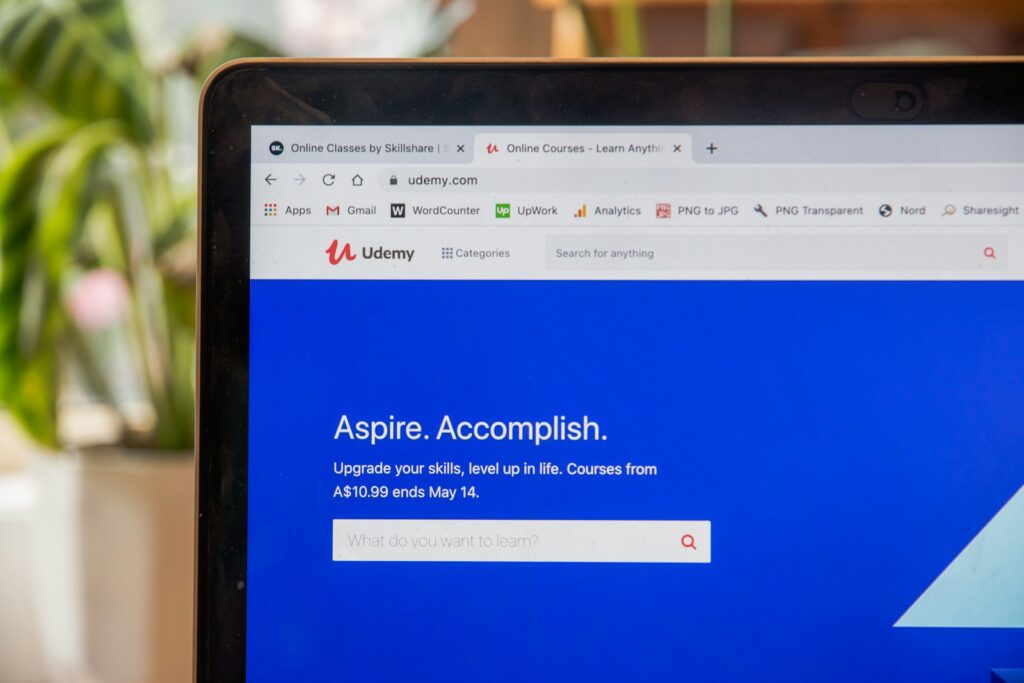7 Reasons Why Students Need Technology in the Classroom
Technology has become an integral part of our lives, transforming the way we communicate, work, and learn. In today’s digital age, it is essential for students to have access to technology in the classroom. From enhancing learning experiences to preparing students for the future, here are seven compelling reasons why students need technology in the classroom. 1. Enhancing Engagement and Collaboration Integrating technology into the classroom can significantly enhance student engagement. Interactive learning tools, such as educational apps, multimedia presentations, and online platforms, can make learning more interactive and enjoyable. Technology also enables collaboration among students, allowing them to work together on projects, share ideas, and problem-solve collectively. 2. Access to a Wealth of Information Gone are the days of relying solely on textbooks for information. With technology, students have access to a vast amount of information at their fingertips. The internet provides a wealth of resources, including educational websites, online libraries, and research databases. This access to information empowers students to explore various subjects, expand their knowledge, and develop critical thinking skills. 3. Personalized Learning Experiences Every student has unique learning needs and preferences. Technology allows for personalized learning experiences tailored to individual students. Adaptive learning software and online platforms can assess students’ strengths and weaknesses, providing targeted instruction and personalized feedback. This individualized approach helps students learn at their own pace and ensures that their specific learning needs are met. 4. Developing Digital Literacy Skills In today’s digital world, digital literacy is an essential skill. By incorporating technology into the classroom, students develop the necessary skills to navigate and thrive in the digital landscape. From basic computer skills to online research, students gain practical knowledge that prepares them for the demands of the modern workforce. 5. Fostering Creativity and Innovation Technology opens up a world of possibilities for creativity and innovation. Students can use digital tools, such as graphic design software, video editing programs, and coding platforms, to explore their creative potential. Technology also encourages innovative thinking, problem-solving, and the development of entrepreneurial skills. 6. Preparing Students for the Future As technology continues to advance, it is crucial for students to be prepared for the future job market. Many careers now require a solid understanding of technology. By incorporating technology into the classroom, students gain the necessary skills and knowledge to thrive in a technology-driven world. This preparation ensures that they are well-equipped for future academic and professional endeavors. 7. Promoting Digital Citizenship Technology in the classroom provides an opportunity to teach students about responsible digital citizenship. Students learn about online safety, privacy, and ethical behavior in the digital realm. They develop an understanding of the potential risks and benefits of technology, enabling them to navigate the digital world responsibly. In conclusion Technology plays a vital role in today’s educational landscape. From enhancing engagement and collaboration to fostering creativity and preparing students for the future, the benefits of incorporating technology into the classroom are undeniable. By embracing technology, educators can create dynamic and interactive learning environments that empower students to thrive in the digital age.









